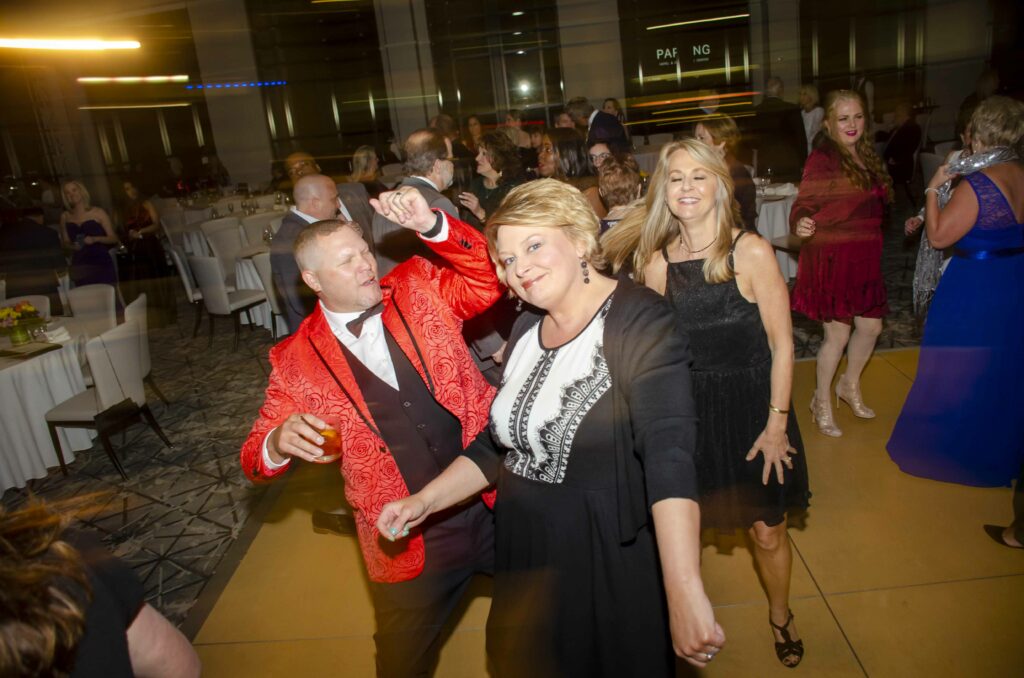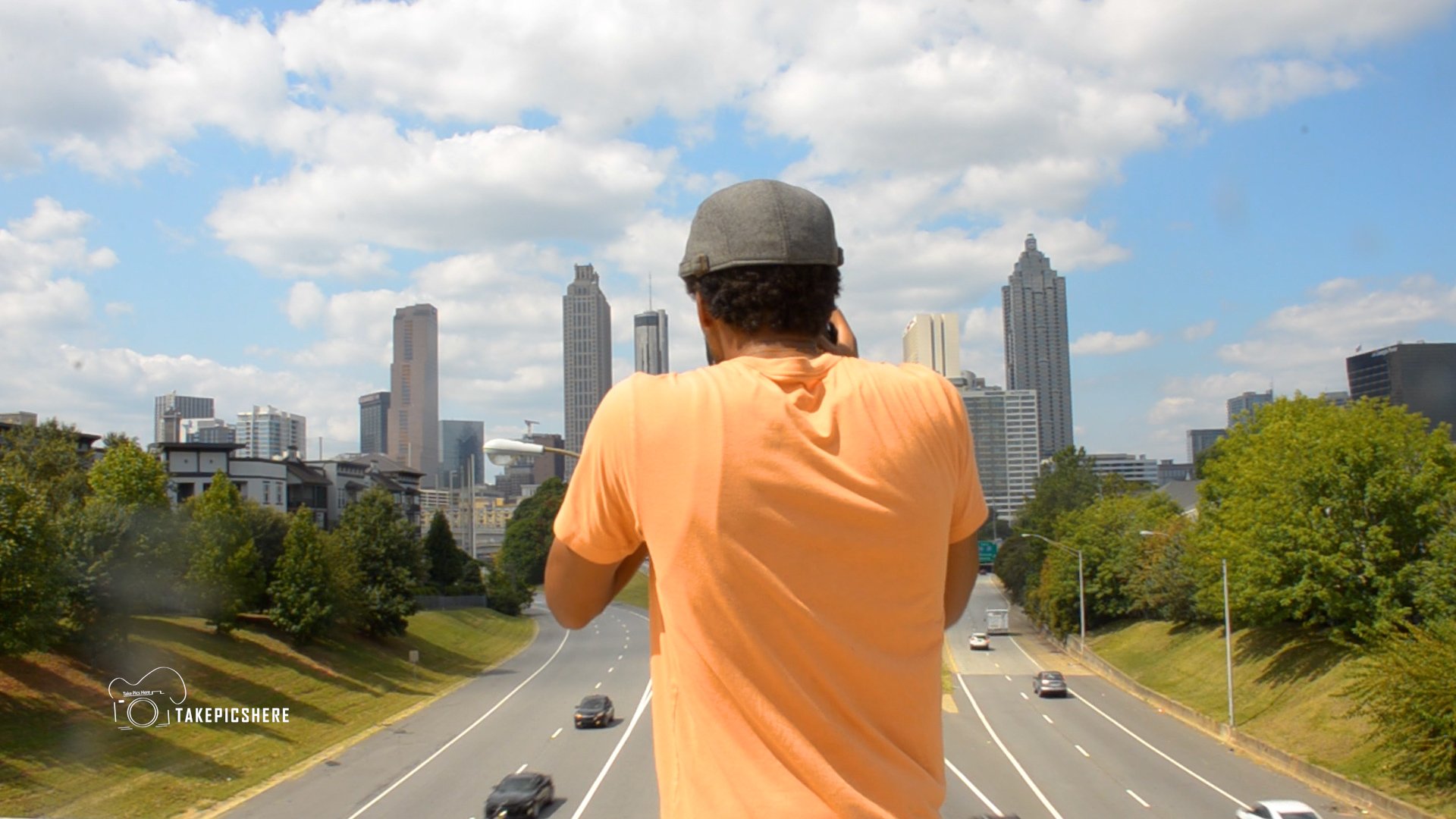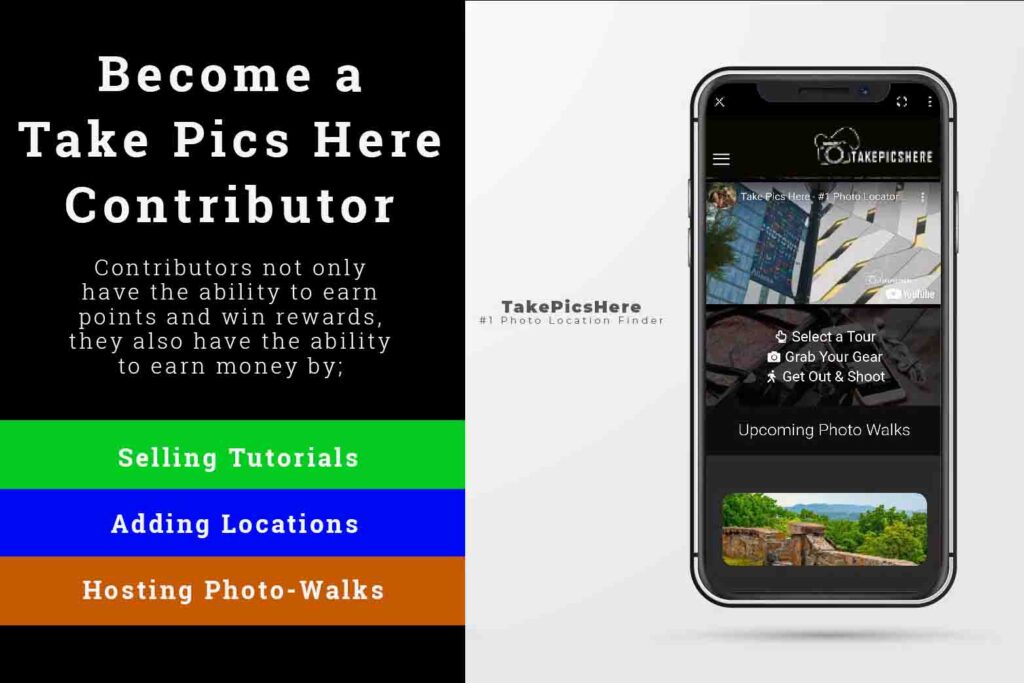The Unique Skillset of an Event Photographer
As a professional event photographer with over 10 years of experience covering a wide range of events, I’ve learned that event photography requires a unique approach and set of skills. From scouting locations and preparing equipment to satisfying clients and delivering final galleries, there are many elements that go into successful event photography.

Event Photography Photo captured by Lance Long of Longshots Media LLC at Star Metals in Atlanta, Georgia
Scouting Locations
Before any event, it’s important to scout the location to get a feel for the lighting and space situation. This can be done through a combination of Google Maps and Social Media. Look up the address or check out the event venue’s social media to see photos of the space. Consider factors such as the temperature of the lighting, the presence of windows for available light, and any room for equipment setup and storage. These details will help inform your preparation and ensure that you have the right gear for the job.

Photo captured of Lenox Park in Brookhaven, Georgia by Lance Long of LongShots Media LLC
Preparing Equipment
Once you’ve scouted the location, it’s time to prep your equipment. Match your equipment to the specific needs of the event, and make sure to bring extra batteries and memory cards. Arriving at the event venue 45 minutes before the start time will give you time to white balance your camera and set up any external flash units. Take advantage of this time to capture some decorative shots of the venue as well, which can add value to the final gallery and impress event coordinators and design teams.
Solving Complexity with a Shot List
Once the event begins, it’s important to prioritize the requested shots first. This means tackling your shot list in a specific order, starting with the most important shots and working your way down to more candid shots. This ensures that your primary responsibilities as the event photographer are taken care of before you have the opportunity to capture creative shots.
Archive, Edit, Distribute
Once the event is over and all of the equipment is packed up, it’s time to head back to the editing suite and start the process of archiving the footage. Photo editing can take anywhere from 24 to 72 hours, depending on the complexity of the event and the number of images captured. When the final gallery is complete, it should be uploaded to a secure online platform and delivered to the client.
Conclusion
In conclusion, event photography is a rewarding but challenging niche of photography. It requires a combination of preparation, awareness, and discipline to ensure that all of the key shots are captured and the client is satisfied. By following these steps and staying organized, any event photographer can rise to the challenge and produce stunning results.










